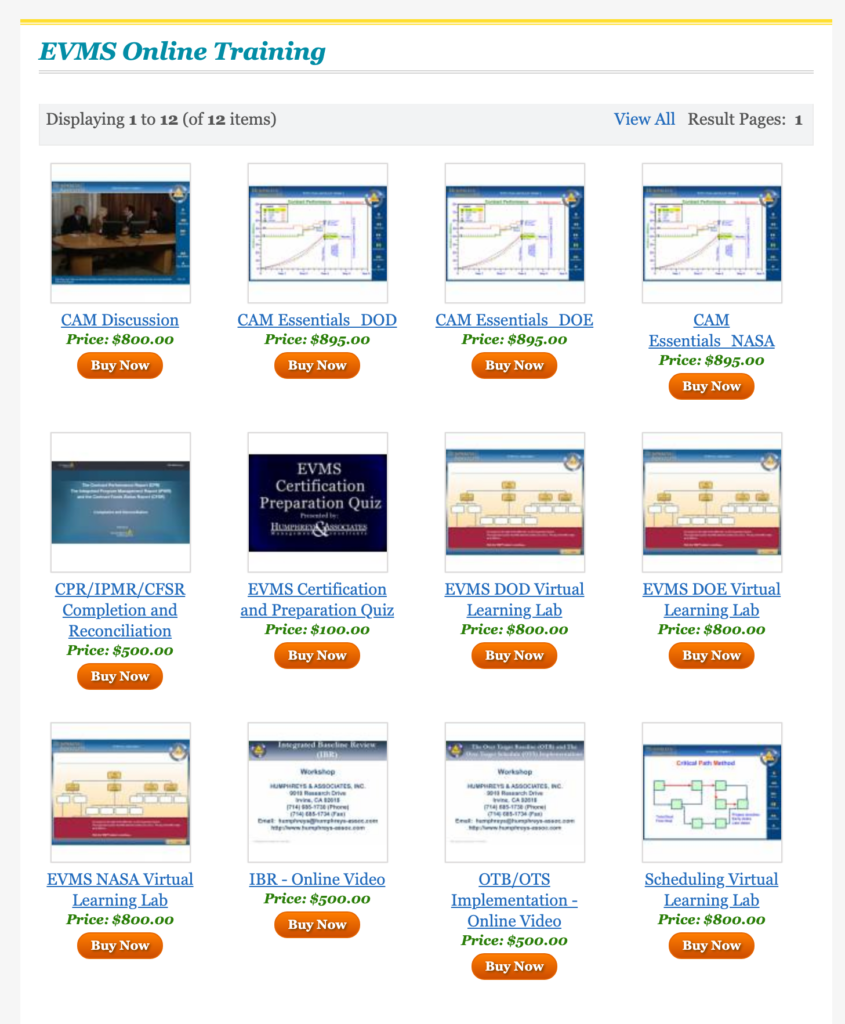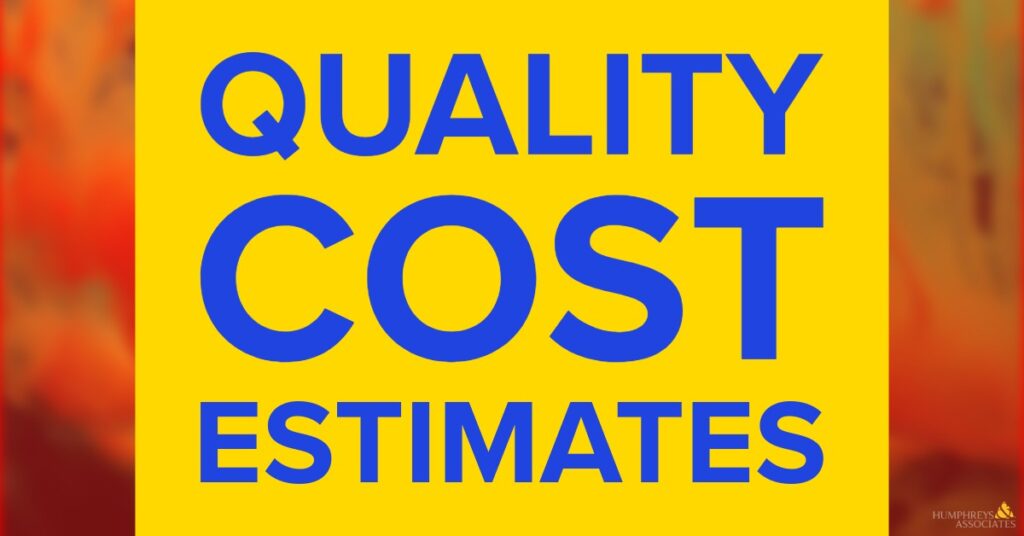EVMS Guidelines and Objectives
An overview of Earned Value Guidelines and Objectives. These are the key building blocks for a successful Earned Value Management System.
Video Contents
You can use the links below to jump to a specific part of the video.
0:05 – Helpful Earned Value Management System Elements
0:35 – EIA-748-C EVMS Guidelines
1:22 – EVMS Objectives
2:10 – Policy and Procedures
3:00 – Integrated Baseline Review (IBR)
More EVMS Training
If you liked this video you can purchase the entire course below. This video is an excerpt from the Department of Defense (DOD) version of this eLearning module. We also offer the same course customized for the Department of Energy’s (DOE) specific Earned Value Management (EVM) implementation/requirements, as well as a version of the course customized for NASA’s EVM implementation/requirements.
— Purchase This Course —
EVMS DOD Virtual Learning Lab
— Purchase the DOE Version of this Course —
EVMS DOE Virtual Learning Lab
— Purchase the NASA Version —
EVMS NASA Virtual Learning Lab
EVMS Document Matrix
Not sure what the different requirements are between the DOE and NASA? Can’t remember if Cost and Software Data Reporting (CSDR) is required for an NSA contract? Check out our easy to read Earned Value Management Systems Document Matrix
All Online Courses
All Online Courses Available from Humphreys & Associates

Other Posts in this Series
EVMS Guidelines and Objectives Read Post »

